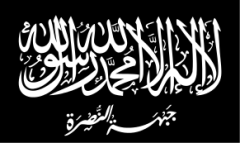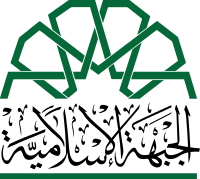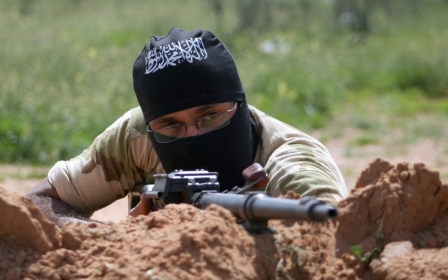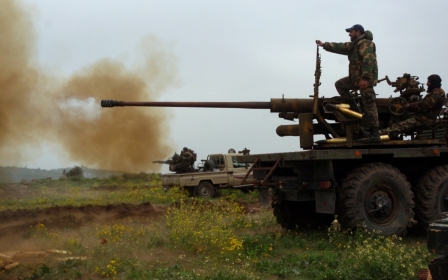A guide to Syria's key factions

The Syrian Military Council (SMC) is the military arm of the Syrian Opposition Coalition, which is the main political representative of the Syrian opposition. The SMC is led by Abdul-Ilah al-Bashir, and is based in Turkey.
Jabhat al-Nusra is a jihadist opposition group that wants to overthrow the regime and replace it with an Islamic state. Nusra is al-Qaeda’s franchise in Syria and Lebanon, and fighters claim allegiance to Ayman al-Zawahiri, the leader of al-Qaeda. As the US has designated it a terrorist organisation, Nusra receives no Western backing, but it is allegedly supported by some Gulf actors. Nusra is known to have a significant membership of foreign fighters, from Chechnya, Afghanistan, North Africa, Europe and beyond.
The Islamic Front is a coalition of opposition Islamist fighting groups that differ from Nusra on account of being less extremist. The Islamic Front recently declared its goal was to bring about a revolution that was religious, but not fundamentalist or radical. The Islamic Front’s ideology includes Salafism. It relies heavily on Saudi Arabian funding.The Syrian government is headed by President Bashar al-Assad. The regime’s military might is provided by the Syrian Arab Army and the Syrian Air Force. The regime has declared those fighting its rule to be armed terrorists, and it relies heavily on backing from its allies Russia (weapons, money) and Iran (weapons, Hezbollah fighters), as well as Shiite fighters from Iraq.
Below is a division between the main Syrian opposition and rebel groups:
New MEE newsletter: Jerusalem Dispatch
Sign up to get the latest insights and analysis on Israel-Palestine, alongside Turkey Unpacked and other MEE newsletters
Middle East Eye delivers independent and unrivalled coverage and analysis of the Middle East, North Africa and beyond. To learn more about republishing this content and the associated fees, please fill out this form. More about MEE can be found here.










